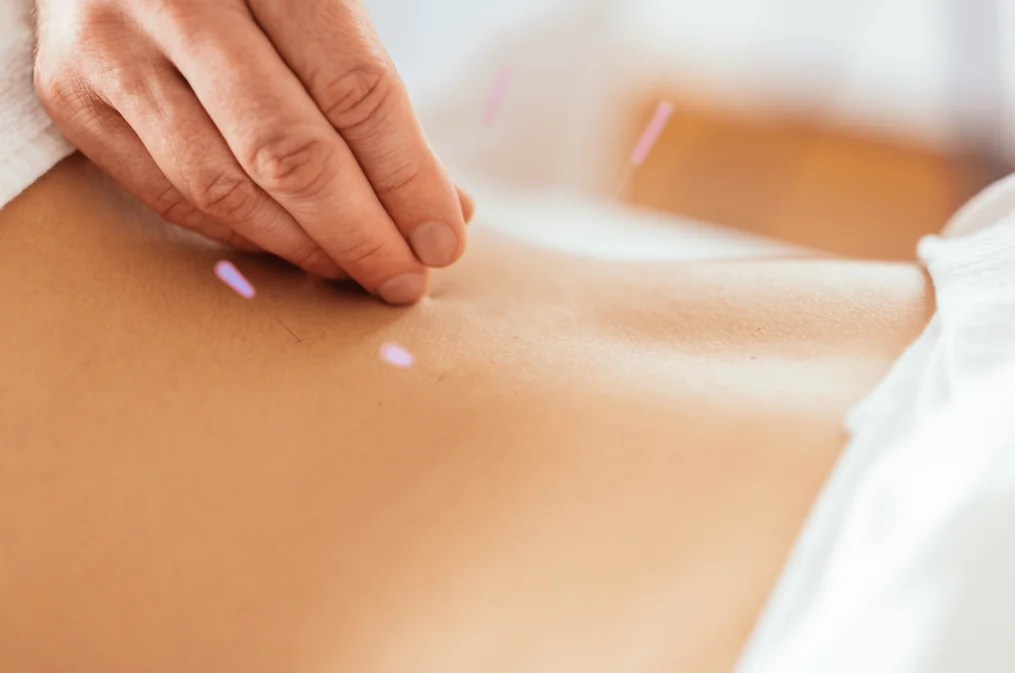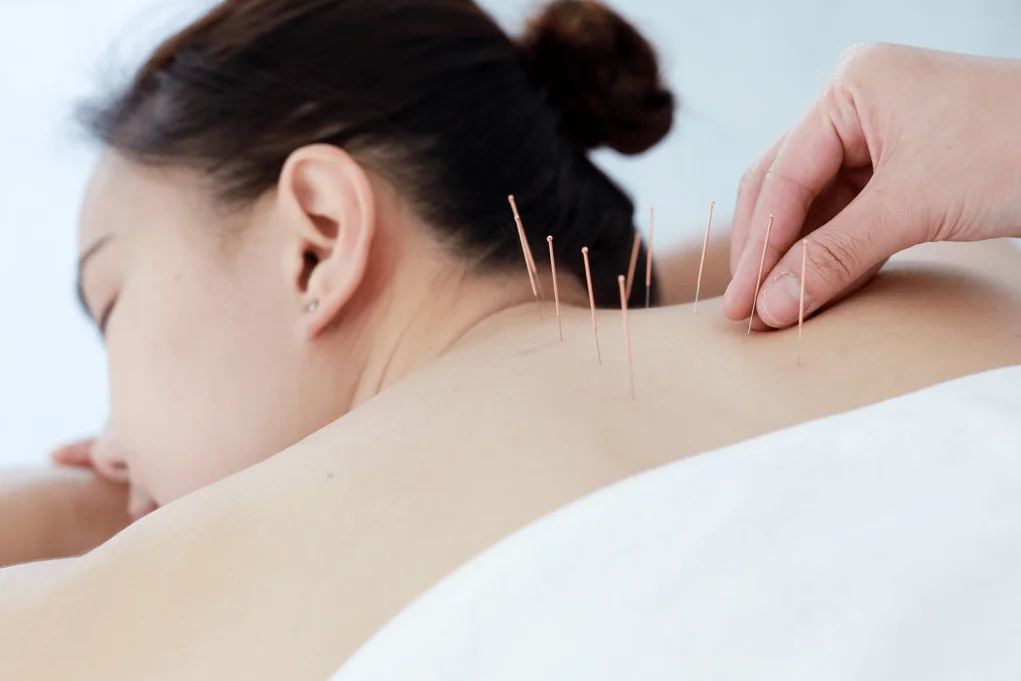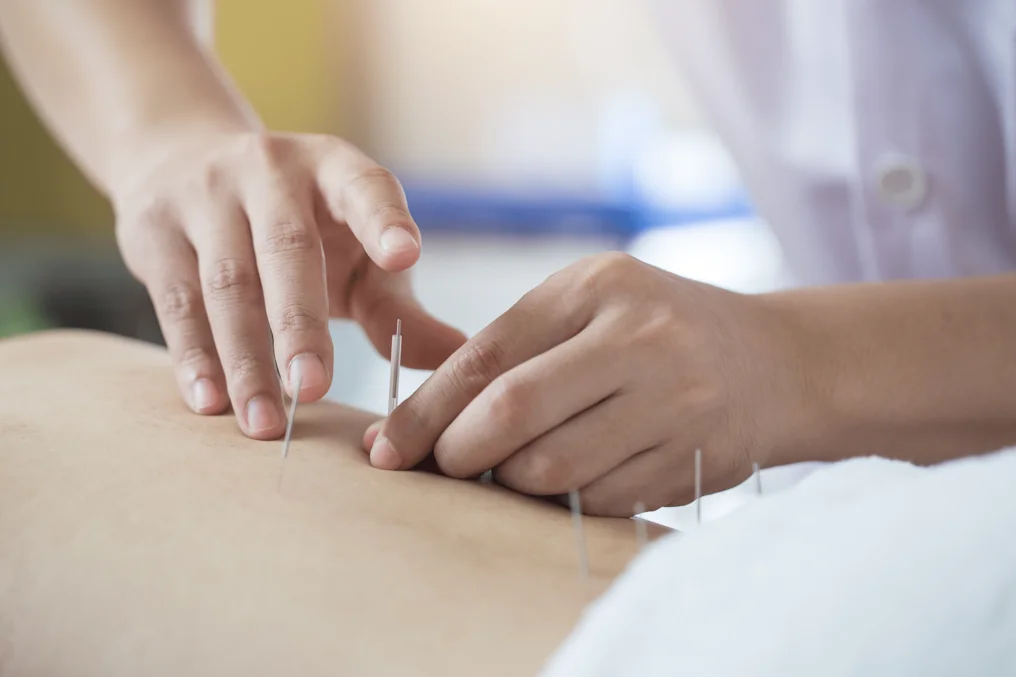Dry Needling
What is dry needling?
Dry needling is a form of treatment which involves inserting fine, sterile needles into areas of tension in the muscles called myofascial trigger points. These trigger points are defined as tender palpable nodules that occur in taut bands of muscle, colloquially known as ‘knots’.
The tenderness associated with these areas is believed to be due to decreased blood flow and oxygenation of the tissue, which causes release of inflammatory chemicals.
How does it work?
There are multiple theories surrounding how dry needling works however current research suggests that possible mechanisms of action include:
- A local muscle twitch response which alters the tension in the muscle and stimulates mechanoreceptors which can release chemicals which have a pain reducing effect
- Localised increase in blood flow which helps to increase muscle oxygenation
- Local or peripheral and central nervous system responses to restore balance within the tissues and reduce the sensitivity of the area to pain
- Activation of descending inhibition in the central nervous system to reduce pain signals and increased endorphin release
Does it hurt?
Due to the tenderness of the trigger points into which needles are inserted, this process can be mildly painful. Some patients report feeling mild pain as the needles are inserted but others feel nothing at all. There may be a muscle twitching sensation as the needle reaches the trigger point, and on occasion this can feel sore for a few moments. In the days following dry needling, the area can feel uncomfortable so it is important to continue moving and to stay hydrated.
What is it used for?
Dry needling can be effective for musculoskeletal pain including that caused by myofascial trigger points, tendinopathies, osteoarthritis, postural tension, strains, and sprains.
When is it not used?
Generally, dry needling is a safe and effective adjunct to manual therapy. Nevertheless, there are certain circumstances in which it is not suitable such as the following:
- Unwilling or unable to give consent
- Local infection
- During pregnancy
- Taking blood thinners
- Blood clotting disorders
- Immunocompromised patients
- Needle phobia
- Blood borne diseases
- Metal allergies
- Swelling or conditions with associated swelling e.g. lymphoedema
- Numbness or loss of feeling such as peripheral neuropathy
- Movement disorders such as Tourette’s, Chorea



